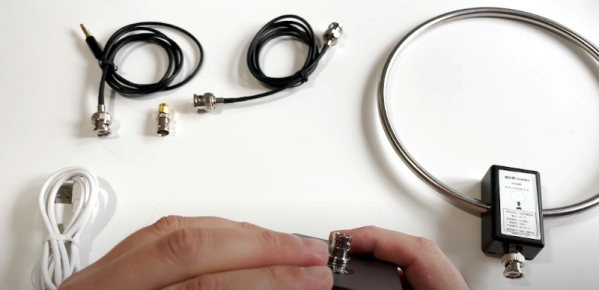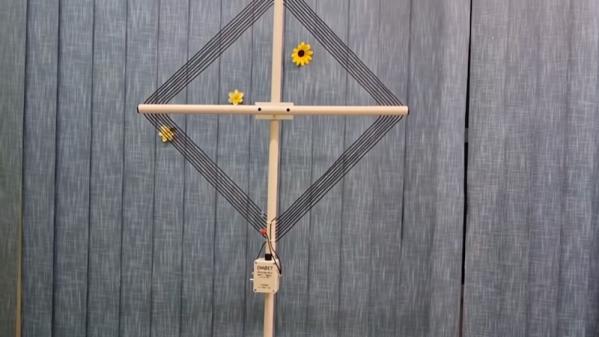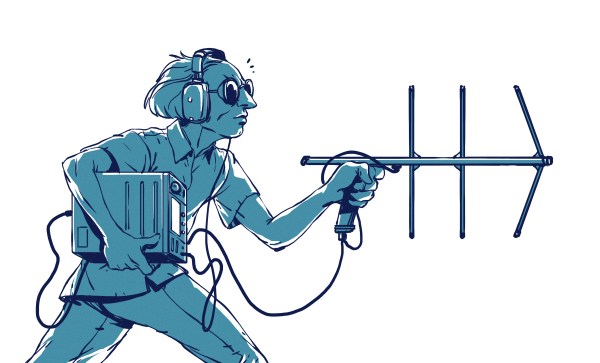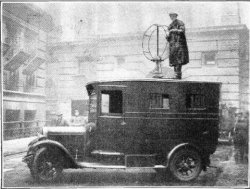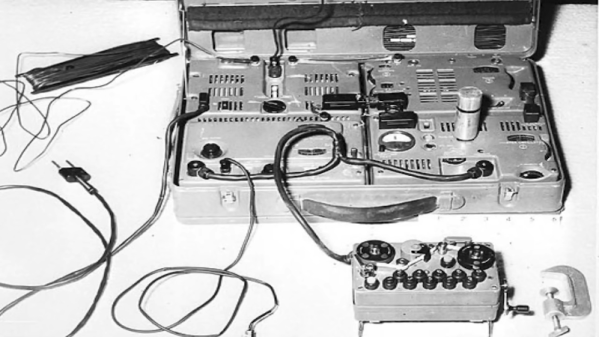Using digital techniques has caused a resurgence of interest in VLF — very low frequency — radio. Thanks to software-defined radio, you no longer need huge coils. However, you still need a suitable antenna. [Electronics Unmessed] has been experimenting and asks the question: What really matters when it comes to VLF loops? The answer he found is in the video below.
This isn’t the first video about the topic he’s made, but it covers new ground about what changes make the most impact on received signals. You can see via graphs how everything changes performance. There are several parameters varied, including different types of ferrite, various numbers of loops in the antenna, and wire diameter. Don’t miss the comment section, either, where some viewers have suggested other parameters that might warrant experimentation.
Don’t miss the 9-foot square antenna loop in the video. We’d like to see it suspended in the air. Probably not a good way to ingratiate yourself with your neighbors, though.
Between software-defined radio and robust computer simulation, there’s never been a better time to experiment with antennas and radios. We first saw these antennas in an earlier post. VLF sure is easier than it used to be.




